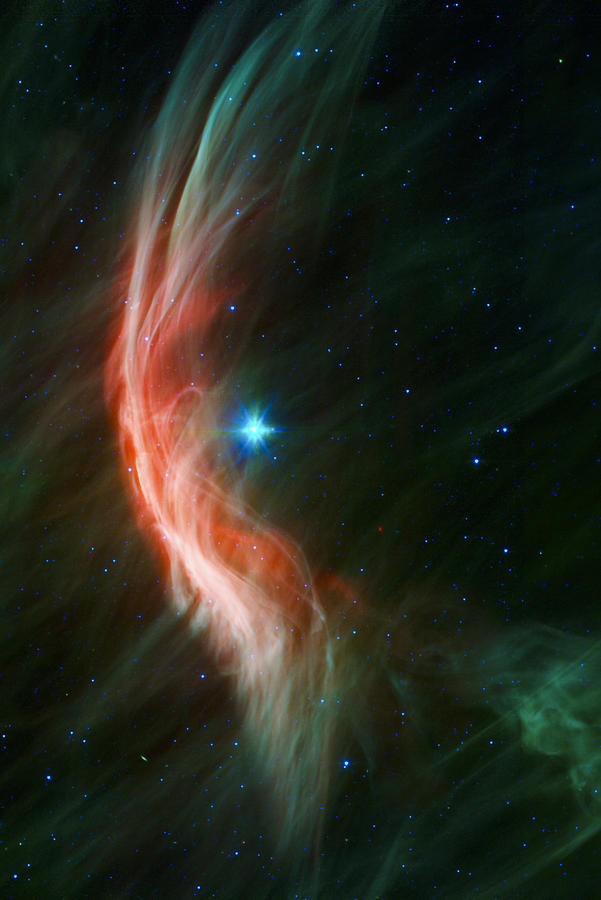

This has implications for the production of heavy elements in the Universe. This gave the team the tools to devise the new mass of 196 solar masses (plus or minus a few dozen solar masses) for R136a1, and 151 and 155 solar masses for two other large stars in the cluster, R136a2 and R136a3 – down from 195-211, and 180-181 respectively. So Kalari and his colleagues set about obtaining new, sharper images of the cluster in general, and R136a1 in particular. Stellar mass can be calculated by obtaining precise observations that reveal the star's brightness and temperature. Settling on an upper mass limit based on accurate reference points would go a long way towards solving this gnawing puzzle. Later research found that such chonkers can form through stellar mergers, but we still don't have a good answer on the Eddington limit problem. In addition to defying the Eddington limit, these stars – young, very hot, and very large – defied stellar formation models. Then new data on the R136 stars was acquired, with a whole bunch weighing in at significantly higher masses. Previous research set a firm 150 solar masses as the Eddington limit. It's accepted that at a point known as the Eddington limit the outward pressure from the core's radiation exceeds the inward gravitational pressure, forcing material in the star's outer layers to be ejected.

"This suggests that the upper limit on stellar masses may also be smaller than previously thought."Īlthough we don't know what the upper limit for star mass is, calculations and modeling suggest that there does have to be one. "Our results show us that the most massive star we currently know is not as massive as we had previously thought," says astronomer and astrophysicist Venu Kalari of the Gemini Observatory.


 0 kommentar(er)
0 kommentar(er)
